As we all know, due to the current global health crisis, most of us are either unable to (or don’t want to) go out to our favorite places–even though a lot of us now have some free time to do so. Which is why the Art Docent Program blog is taking you on an art-historical journey to some of your favorite places this summer! Join us as we look at art focused on places like the beach, the theater, and other places we can’t all make it to at this time.
Our non-bummer artistic summer is starting early here on the blog, and you’re invited to join us for the (virtual) ride! First stop: the beach!
Beaches, the seashore, and bodies of water are popular subjects in artwork throughout history. Even before the Impressionists (literally) took painting outside, tons of artists were calmed, overwhelmed, and inspired by the ocean, just as many of us are when we visit the beach. Our compilation of beach scenes contains only 9 of our favorites, but trust us–there are plenty more for you to browse, as browsing through Sartle’s “Ahoy There” topic and searching “beach” on the Met’s website yields hundreds to thousands of results, respectively. So get your swimsuit on, and let’s hit the sand!
The Open Window, Henri Matisse, 1905
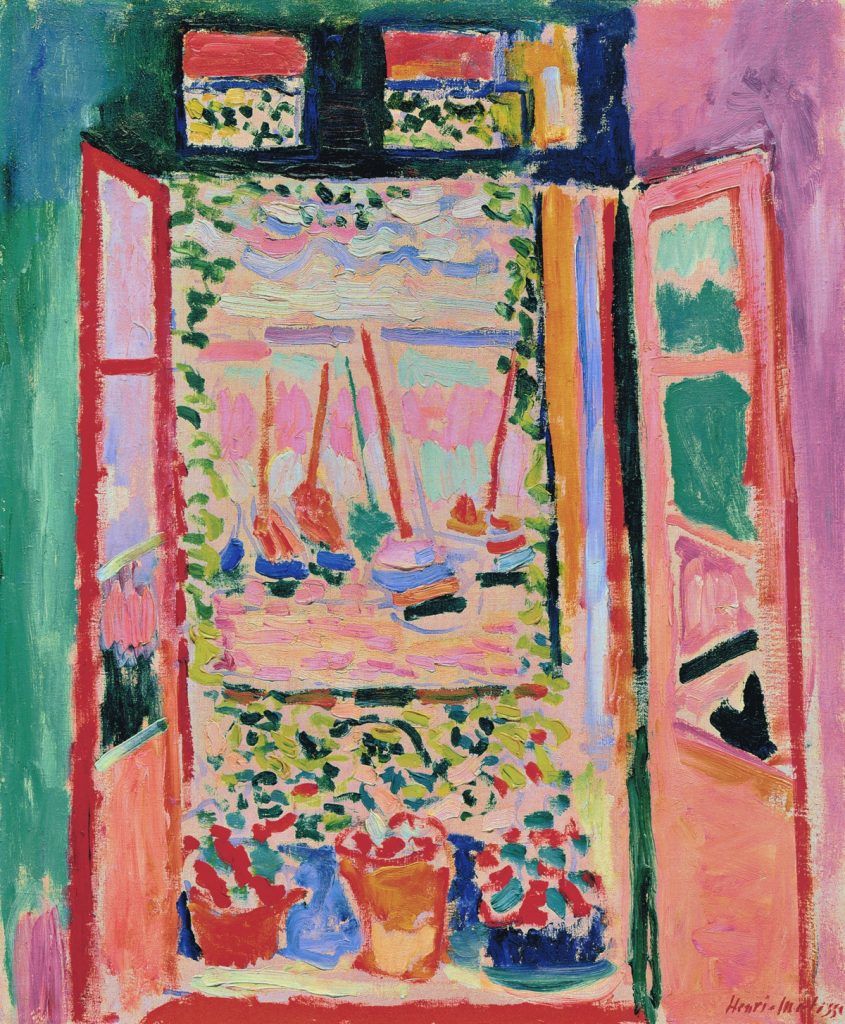
Okay, we’ve talked about Matisse’s The Open Window a lot, and you can read more about color in this painting here. But who wouldn’t want this view? Matisse’s artwork is featured in our kindergarten, first, third, and fourth-grade curriculum.
Low Tide at Pourville, near Dieppe, Claude Monet, 1882
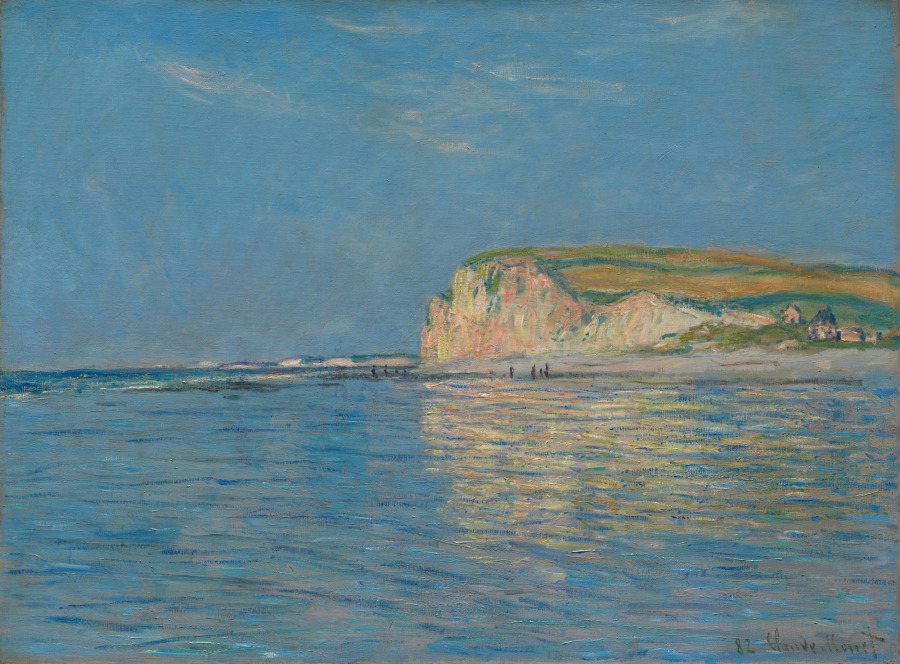
You’ve likely seen many seaside scenes (say that three times, fast) by Claude Monet. We were drawn to this earlier scene for its bright colors and distant figures…and the fact that this beach seems like one we’d love to visit. Monet is featured in our TK, second, third, fourth, and sixth-grade curriculum.
At the Seaside, William Merritt Chase, c. 1892
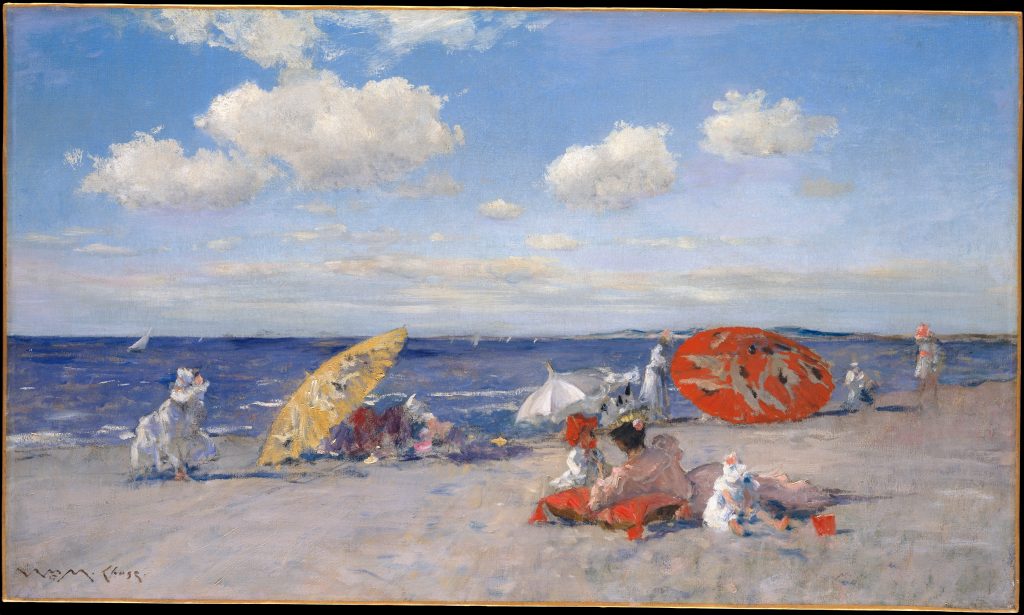
If you’ve been to a beach in the summer (or if you’ve seen the crowds in Jaws), Chase’s painting definitely looks familiar. Turns out, beaches have been crowded for as long as people have been painting them–though these Victorian bathers seem appropriately socially-distant from each other.
Fishing Boats, Irma Stern, c. 1931
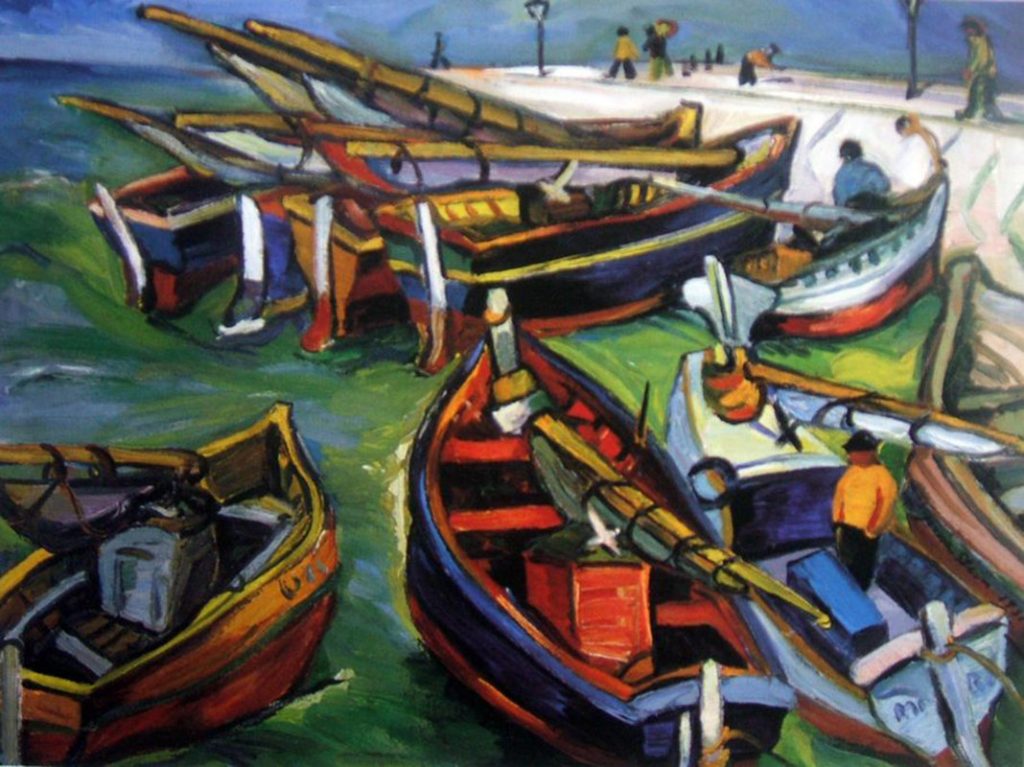
Not only does Stern’s treatment of color create a feeling that’s similar to yet markedly different to Matisse’s, this painting has a fascinating history of its own, which you can read about at Sartle after you image yourself walking along the shore pictured here.
On Shinagawa Beach at Ebb-Tide, Utagawa Toyokuni, c. 1769–1825
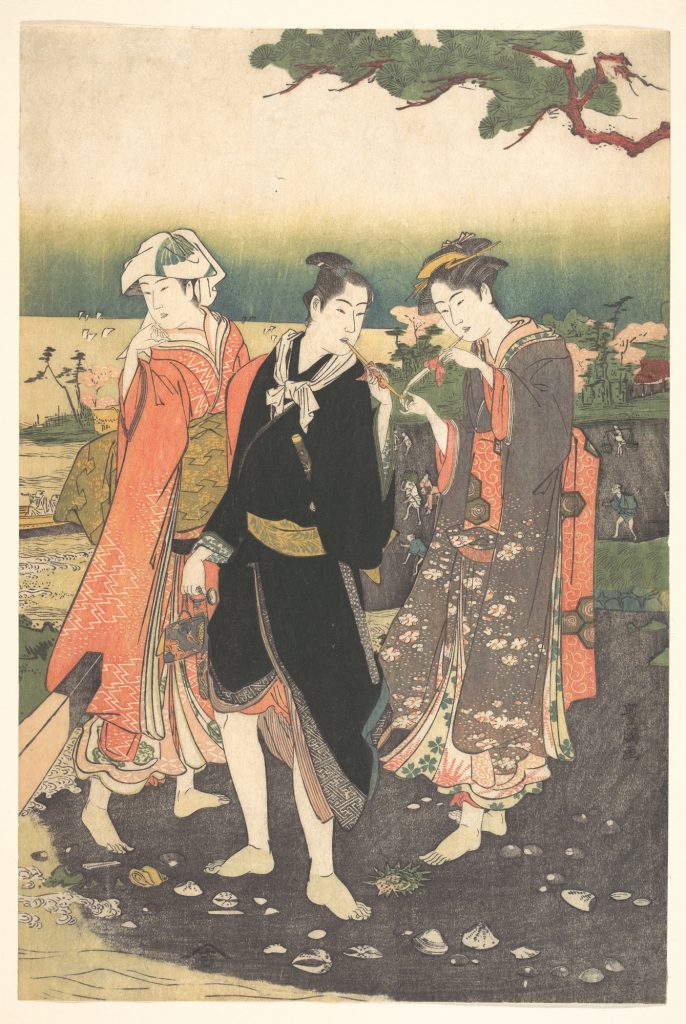
No matter how fashionable you are, feeling the water lap at your toes is always refreshing.
The Gulf of Marseilles Seen from L’Estaque, Paul Cézanne, c. 1885
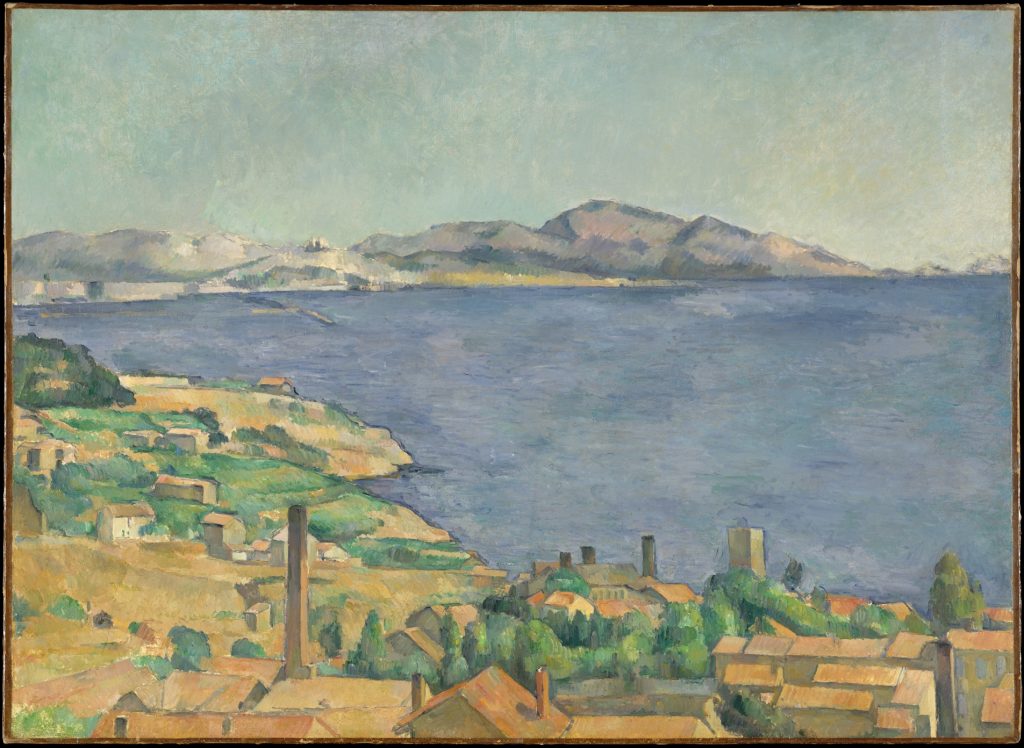
Cézanne loved the seaside village of L’Estaque so much that he went on to paint numerous views during multiple visits there. You can actually watch his style evolve in looking at his paintings of L’Estaque over the years! Cézanne is featured in our third, fourth, and sixth-grade curriculum.
Eagle Head, Manchester, Massachusetts (High Tide), Winslow Homer, 1870
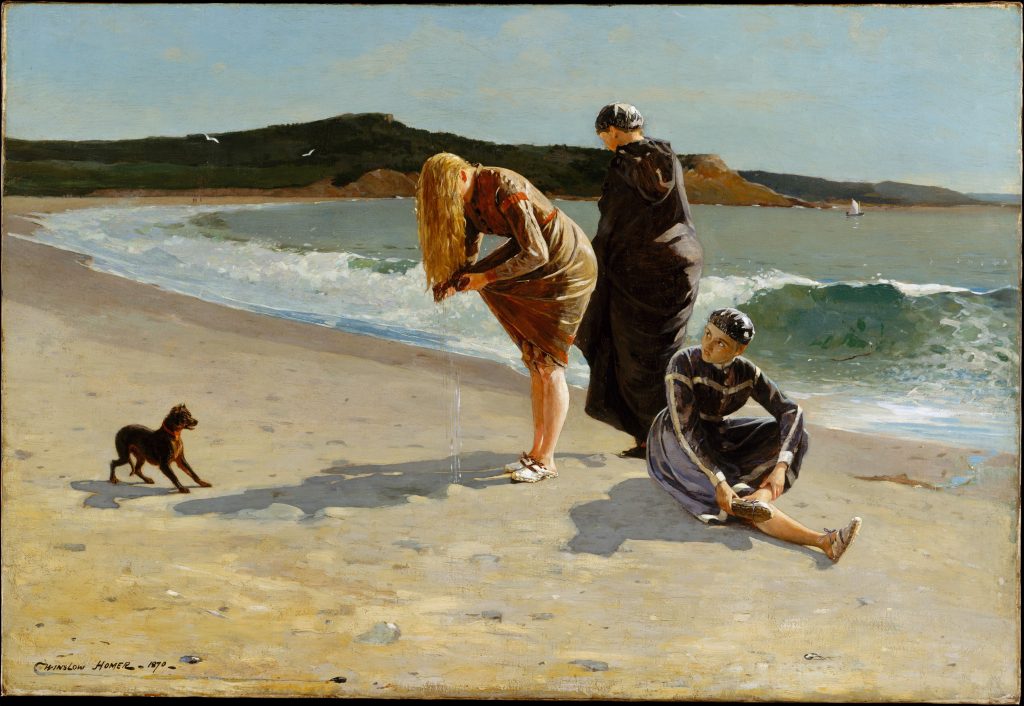
Remember swimming with your friends? And your dog? Despite the fact that New England waters are often chilly, we’d definitely dive in. Several of Homer’s artworks are featured in our TK, first, second, fourth, and fifth-grade curriculum.
The Harbor at Lorient, Berthe Morisot, 1869
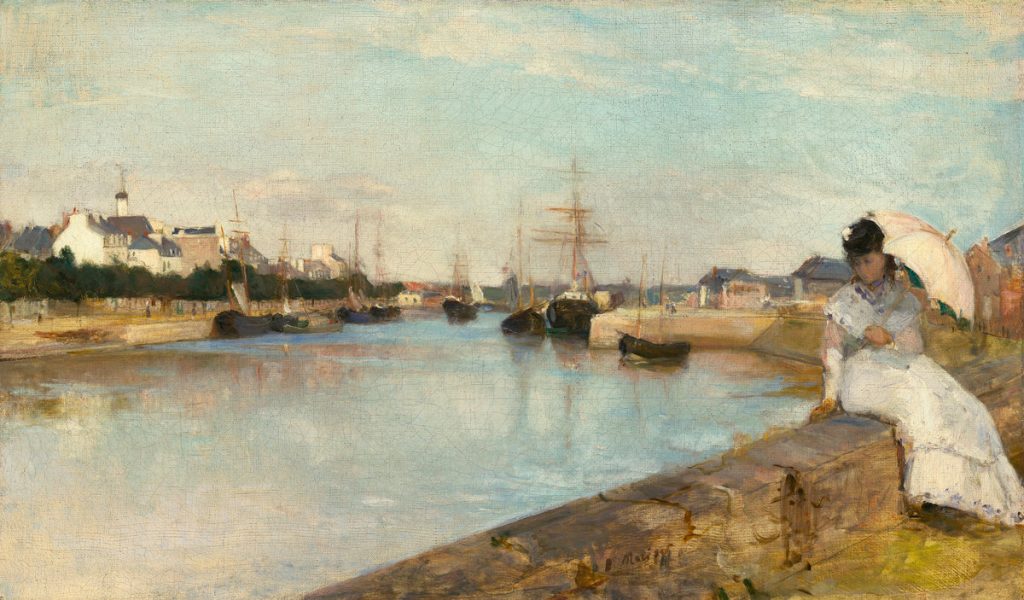
Impressionist Berthe Morisot thought the harbor at the French seaside town of Lorient was especially picturesque, and went on to paint her sister there in this work. Despite her heavy dress, we’d willingly trade places with her for an afternoon walk! Morisot is featured in our sixth-grade curriculum.
Shimōsa Province, Chōshi Beach, Toura, Utagawa Hiroshige, c. 1853
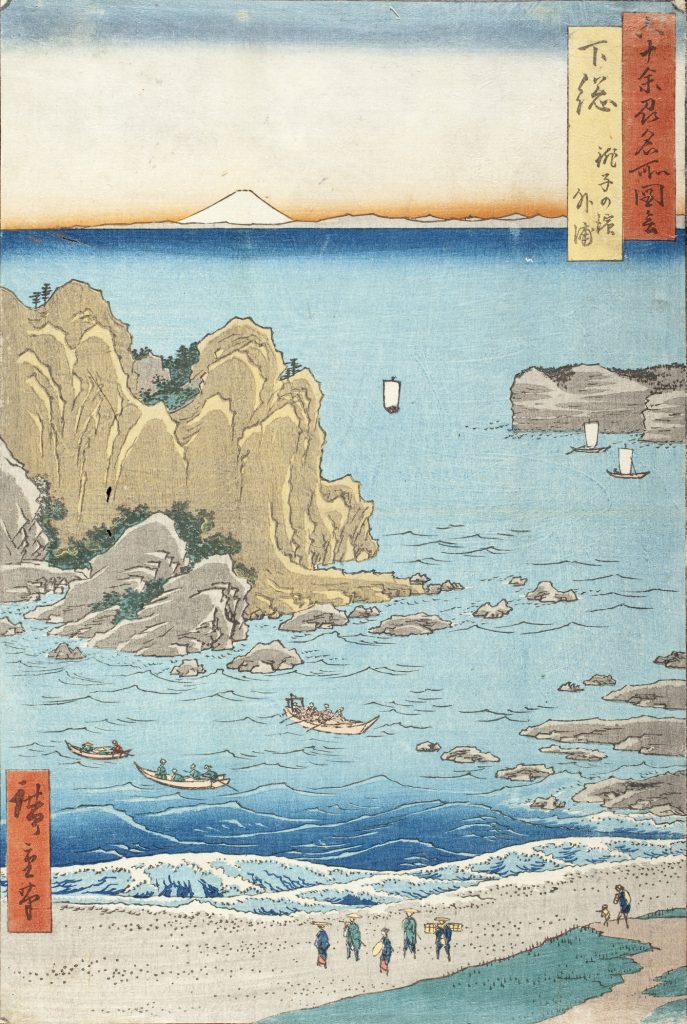
Rowers make their way around craggy rocks in this vivid print from Hiroshige, a true master of the medium, making us wish we were more inclined to do anything but laze about when we visit the sea. Hiroshige is featured in our second-grade curriculum.
We know these are only nine of the thousands of sea-focused works of art out there, so here’s a brief list of honorable mentions you might like to explore on your own: Rafael Ferrer’s Merengue en Boca Chica (1983), Edward Hopper’s Folly Beach, Charleston, South Carolina (1929), Helen Frankenthaler’s Mountains and Sea (1952), Chaim Soutine’s View of Cagnes (c. 1924-25), Pablo Picasso’s Mediterranean Landscape (c. 1952), and Georgia O’Keeffe’s Sun Water Maine (1922).
Explore more seaside scenes at the Met, Sartle, the National Gallery of Art, the Cleveland Museum of Art, and LACMA.
What do we do at the Art Docent Program? Discover more about us here!
Want more art-historical stories and content? Read through our blog archives and follow us on Facebook!







